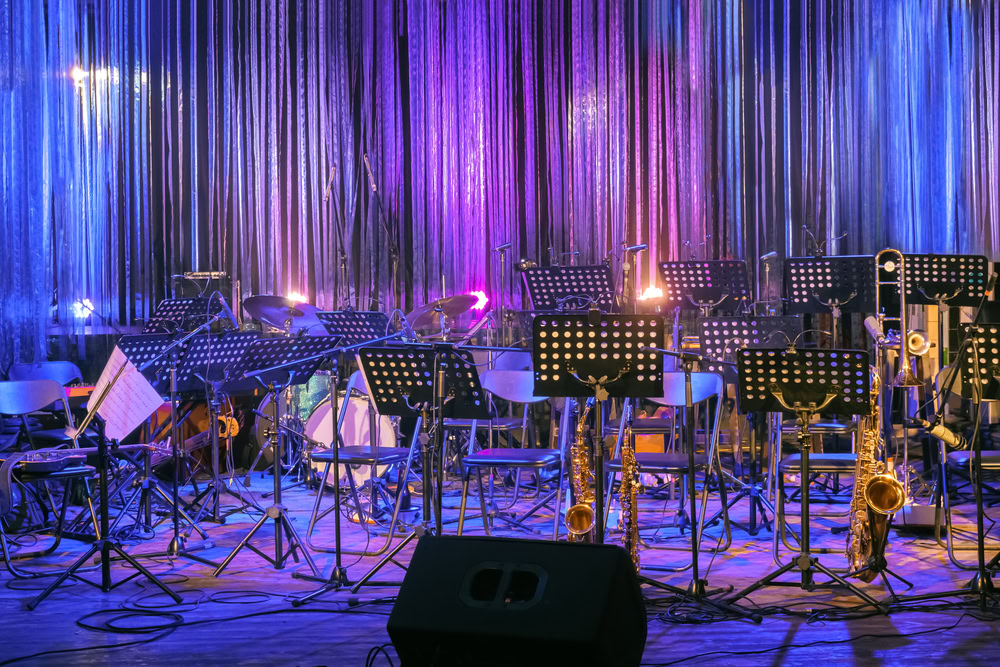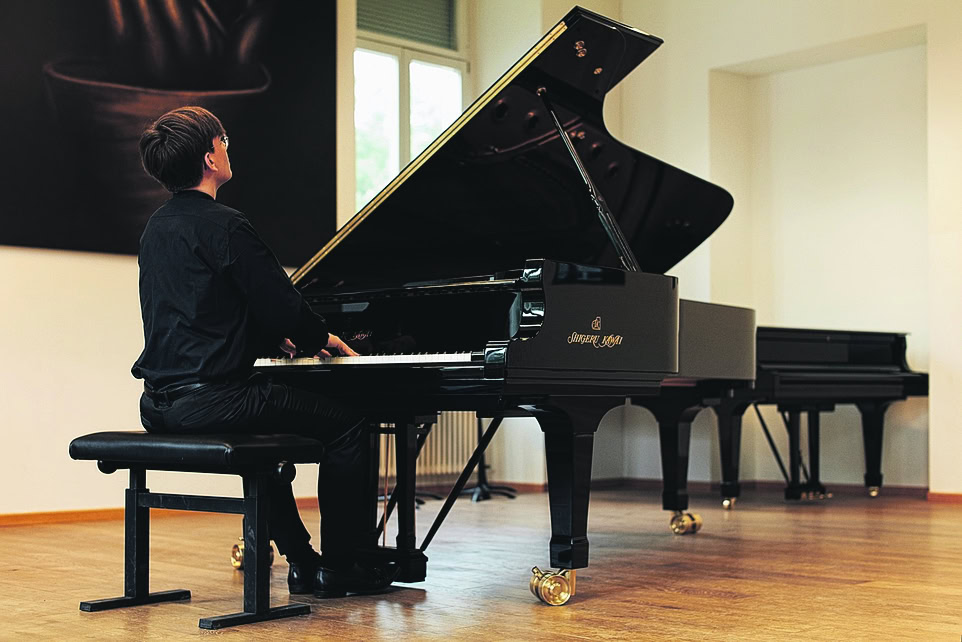Out of the Traviata trap
In the run-up to the panel discussion at the University of Bern on inclusion in (music) theater in Switzerland, we spoke to Christoph Brunner.
Christoph Brunner is responsible for inclusion and equal opportunities at the Theater Orchester Biel Solothurn and the Bern University of the Arts.
Christoph Brunner, why are your positions needed in educational and cultural institutions?
Firstly, as a cultural center or university, we have a social responsibility to enable and expand participation at various levels of society. Secondly, our organizations are not at all diverse in many respects. The students at the university or the audience at the municipal theater are not representative of society. To achieve this, barriers need to be broken down, not just direct ones such as inaccessible buildings, but also the cultural barriers that make many people feel unwelcome at events or arts education. To achieve this, we need to be more comfortable in dealing with these issues, to develop an "artistic citizenship".
What formats and offers are being experimented with at TOBS to counter these problems and create more accessibility for everyone?
Until now, the focus has been on access aids such as audio description and sign language. In the last two years, services in simple language and relaxed performances have been added. These are usually shorter, without complete darkening and with slightly open doors. This means that they can also be visited by people who are sensitive to intense stimuli, for example, or who cannot sit for long periods of time. However, it has been shown that this form appeals to very different groups of people, including those who might not dare to attend a three-hour opera performance. For them, a short chamber piece can be a good introduction to the world of musical theater.
In this way, the cultural sector is primarily addressing accessibility and less the production as such, which could be completely different if the audience does not have all the usual sensory channels such as seeing or hearing available to them without restriction. That would actually be an interesting question: how could a music theater be conceived that completely dispenses with sound or image? What does a unison ballet look like if the dancers do not conform to the physical norm of opera house ensembles? Or can a baroque opera also be performed as a hip-hop piece? Such questioning of familiar forms has enormous social explosive power. However, they almost never happen in the big opera houses or concert halls, but at best in the independent scene.
Why not?
In my opinion, there are two reasons for this, combined I call it the "Traviata trap": On the one hand, there are the standardized expectations that make it difficult to attract 1000 people to the opera house with an unconventional format. In order to withstand these expectations, it is better to stage another La Traviata on. On the other hand, the structures of the homes are also standardized, with a lot of staff who have to come up with their number of services. It is this combination of standardized expectations and standardized structures that makes formal and substantive innovation difficult.
We will soon be holding a panel discussion on these topics. Should we talk more about inclusion in music theater in Academia?
Yes, absolutely! I would like to see the same from the research community as from the organizers and performers: more courage and curiosity in the choice of topics and forms of work, so that we can understand what framework conditions are really needed for the success of inclusive music theater practice.
Event information
Panel discussion on inclusion in (music) theater as part of the event series MUSIKTHEATER - MACHT - GESELLSCHAFT, organized by the Chair of Music Theatre at the University of Bern, 17 May, 18:30, Münstergasse Library, Bern. More information at: musik.unibe.ch/forschung/ musiktheater__macht__gesellschaft/index_ger.html








